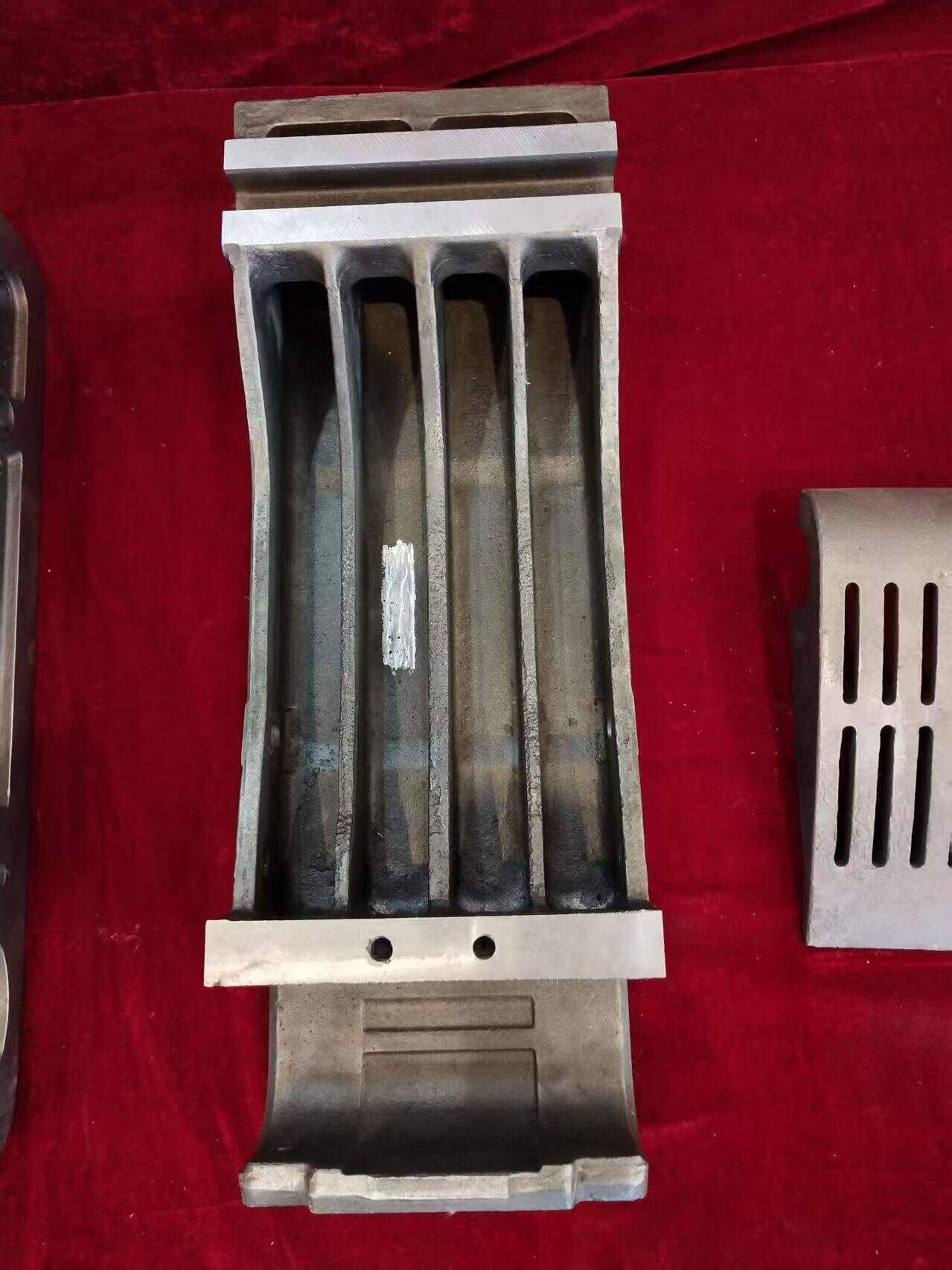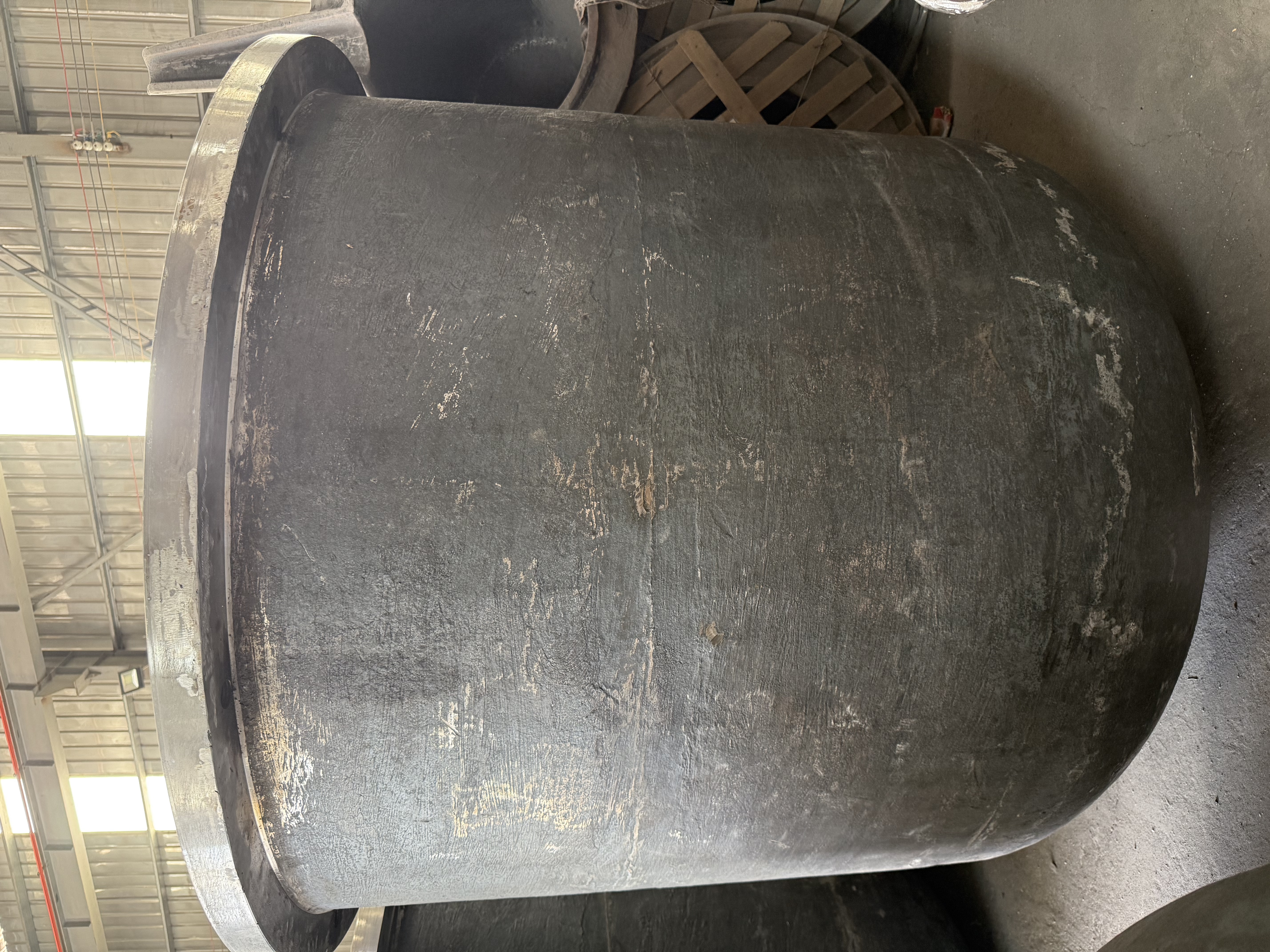4140 steel heat treatment
4140 steel heat treatment is a critical metallurgical process that enhances the mechanical properties of this versatile alloy steel. The treatment typically involves heating the steel to approximately 1550°F (843°C), followed by rapid quenching in oil or water, and then tempering at temperatures between 400-1100°F (204-593°C). This precise sequence of heating and cooling operations transforms the steel's microstructure, resulting in optimal hardness, strength, and toughness characteristics. The process is particularly notable for its ability to achieve a balanced combination of properties, making it ideal for components that require both high strength and good toughness. The treatment can be customized to achieve specific hardness levels ranging from 28 to 40 HRC, depending on the application requirements. 4140 steel heat treatment is widely utilized in manufacturing critical components for automotive, aerospace, and heavy machinery industries, including crankshafts, gears, axles, and high-pressure applications. The process also enhances the steel's wear resistance and fatigue strength, contributing to extended component life and improved performance in demanding operating conditions.

